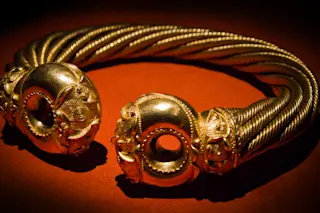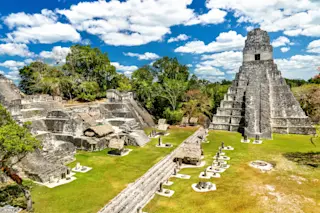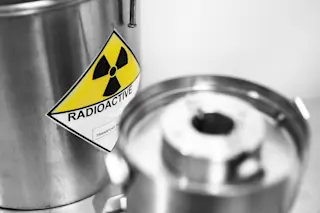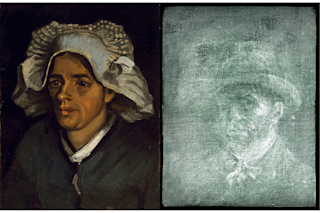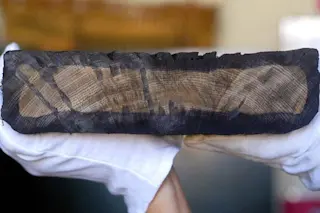1 Gold was probably the first metal worked by prehistoric man. Decorative gold objects found in Bulgaria date back to 4,000 B.C., so the gold age actually overlaps with the Stone Age.
2 In the 7th century B.C., dentists in Italy used gold wire to attach fake teeth, and gold fillings were recommended for cavities as far back as the 16th century.
3 When the Spaniards landed in Peru in 1532, the Incan Empire had one of the largest collections of gold ever amassed. After the Incan king Atahuallpa was captured by the conquistadores, he offered, as ransom, to fill a 22-by-18-foot room with gold as high as he could reach.
4 The Spanish killed him anyway.
5 The Aztec word for gold is teocuitlatl, which means “excrement of the gods.”
6 Conrad Reed found a 17-pound lump of gold on his father’s North Carolina farm in 1799, the first ...


